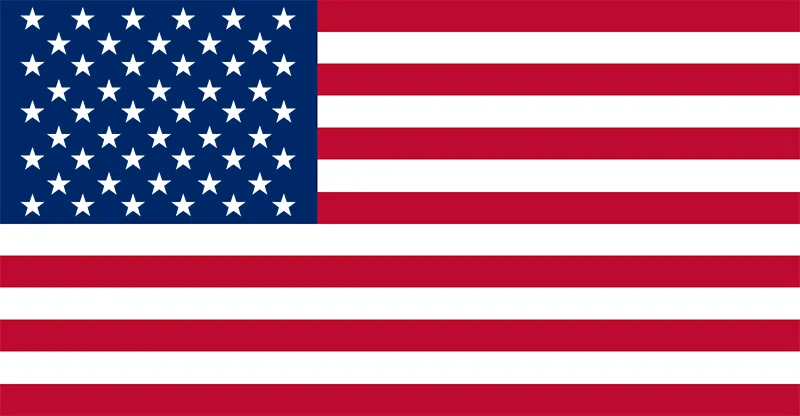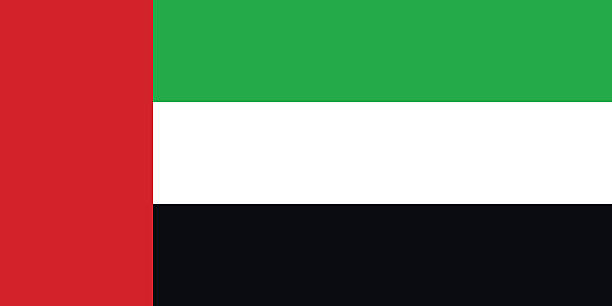The first step to becoming a successful computer programmer is to decide which programming is best for you and according to your interest.
Are you confused about choosing the correct programing language to start your journey as a professional programmer? So many popular programs make it challenging to decide on the beneficial one.
Don’t worry; in this article, you will find out which programming you should learn first as a beginner and will also give you tips.
What is a Programming Language?
A programming language is a language used to write instructions for a computer. The instructions, or code, can make a computer do things like a website, store data, or perform mathematical calculations.
As a beginner, it is tough to decide which programming language you should choose, so here is a complete guide.
How to decide which Programming Language to learn?
If you are unsure which programming language to learn, the most important thing is to figure out why you want to learn to code. Do you want to build websites? Develop funny games? Automate some of your daily tasks. Or create art using code? Once you know what you want to do with your coding skills, picking a language will be must easier.
– Find the Reason You Want to Learn the Code?
Knowing why you want to learn to code is always good before committing to doing so. Are you learning to start your own business? Or to find the solution for your work, career, or fun?
No matter your goal, there are hundreds of different programming languages to choose from—so decide what you want to do first and why you want to learn it, and then pick the language that will help you achieve your goals.
– Find the field of your desired programming language.
Once you know your motivation, look into the various programming languages and find the one that best suits your needs. If you want to build websites, you need to learn languages like HTML or CSS. If you are more interested in App Development, learning Java or Swift would be more beneficial. Web Developers can learn JavaScript, Python for Data Scientists, Unity, and C++ for Game Developers. So, after finding the reason and your interest, look for the available field.
– Time Calculation
The estimated time to learn any programming language is between 3 to 6 months. Calculate the time before learning the language because learning something new requires some time. Sometimes, it takes 3 months or shorter if you are a quick learner or more than 5-6 months if you are poor at learning the computer language. So always acknowledge how much time you have before deciding on which programming language(s) to learn.
– Don’t be anxious
Don’t worry about learning to code; take one step at a time, and it will surprise you how quickly you understand the basics.
The 14 Most Popular Programming Languages For You in 2022
JavaScript:
JavaScript is a versatile scripting language for creating dynamic and interactive web applications. Web developers use it on both the front-end and back-end of web development for its flexibility, ease of use, and cross-platform compatibility.
HTML and CSS:
HTML is used to structure content, while CSS is used to style it. Together, these two languages allow web developers to create visually appealing and easy-to-use websites.
HTML is a markup language, which means it is used to annotate text documents and indicate distinct elements of a webpage, such as headings, paragraphs, and lists.
CSS is a style sheet language that controls a webpage’s look and feels. With CSS, developers can specify HTML elements’ colors, fonts, and layouts.
Python:
Python is a powerful and versatile programming language perfect for building many applications. Many modules and libraries in python allow you to do more with less code. Python is fast, reliable, and scales well to large applications. The most prominent companies in the world use it, including Google, Facebook, Instagram, and Netflix.
SQL:
SQL is a standard database query language used to manipulate and retrieve data from a relational database. SQL commands can insert, update, delete, and select data from a database. It can also create database objects such as tables, views, and indexes.
Java:
Java is a powerful programming language that enables developers to create robust, high-performance applications. It is platform-independent, meaning that programs written in Java can run on any computer. Java is also object-oriented, making it well-suited for creating sophisticated software systems.
TypeScript:
TypeScript is a typed superset of JavaScript that compiles to plain JavaScript. It is open-source and adds optional types, classes, interfaces, and modules to JavaScript. Typescript supports tools for large-scale JavaScript applications for any browser, host, or OS.
PHP:
It is a scripting language widely used for creating dynamic web pages. PHP code can be embedded into HTL code, or it can be used to develop web-based applications. It is a free and open-source language available on most web servers. It is used in CMS (Content Management Systems) like WordPress and Drupal.
C++
C++ enables software developers to create sophisticated applications. We widely used C++ in various industries, including gaming, finance, and scientific computing. It is an object-oriented language, enabling developers to create modular code that can be easily reused.
PowerShell:
Another powerful tool that can automate tasks, manage configurations, and more. The PowerShell scripting language is based on .NET and provides a rich set of cmdlets for working with data.
Rust:
Rust offers the same level of control over memory as C++ but with added safety and security features. Rust can also natively compile to web assembly, making it an attractive option for web-based applications.
Kotlin:
It is a cross-platform, statically typed programming language that targets JVM, Android, JavaScript, and Native. Kotlin has great supporting tools and is concise and expressive language.
Ruby:
Ruby is an excellent choice for web development, scientific computing, or any other application that desires simplicity and flexibility. It is known for its flexible syntax and can be executed on several platforms, including Linux, Windows, and macOS.
Swift:
It is an open-source project, and its highly portable codebase makes it easy to build Swift-based applications for various platforms. Swift’s syntax is concise and expressive, and its type of system is safe and sound. It is used in web development, mobile app development, and more.
Dart Assembly:
Dart Assembly is Dart’s version of assembly languages and is used to write low-level code for Dart VM and Dart applications.
Expert’s Tip:
It’s tough to decide which programming language to learn first. If you are new and unable to decide where to start, look for the most in-demand languages. The second best approach is to try out a few different languages and see which one you enjoy the most.
Once you have a strong foundation in one language, it will be easier to learn additional languages down the road. Whichever language you choose, find resources that will help you build a strong understanding of the basics. With some perseverance, you will be coding like a pro in no time.



